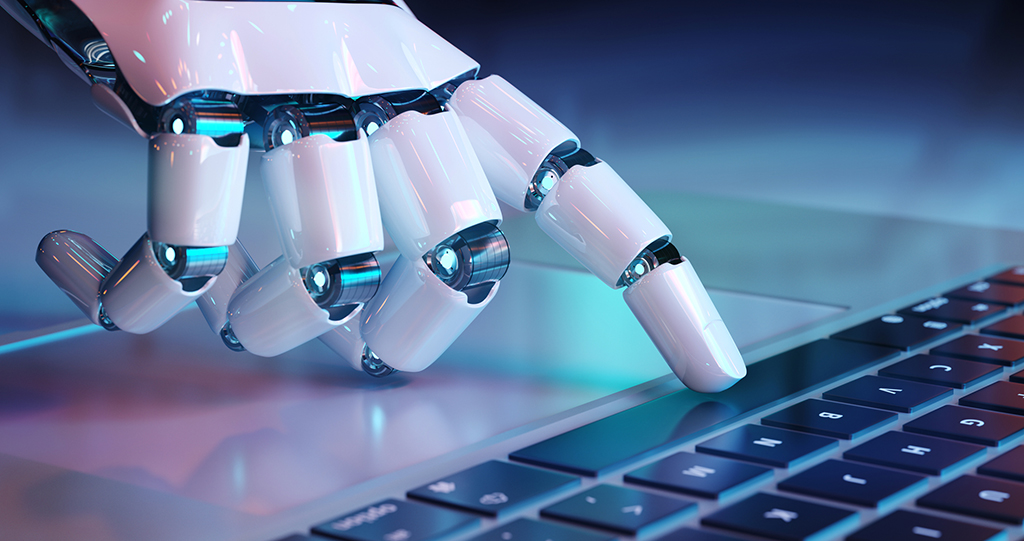Embracing Generative AI: How HR Can Help Employees Harness Its Power
The new generative AIs (e.g., ChatGPT) can be perplexing due to their surprising capabilities. It’s natural to react with extreme views, such as fearing a job apocalypse or worrying about issues like privacy and bias, or even dismissing the entire phenomenon as overhyped. However, these reactions are not particularly helpful. What we have is an extraordinary new tool, and we need a way of making sense of it.
The best way to think about generative AIs is that they represent a significant leap in automation. We must view automation broadly. For example, using the Sort tool in a spreadsheet is a type of automation, as is the spell check in a word processor. A generative AI goes beyond just spell-checking your letter; it can write it for you. Instead of merely offering a set of tools like Sort, a generative AI can help you automate a wide variety of actions in a spreadsheet.
Automation increases our productivity, which is a good thing. However, like any tool, you must learn how to utilize the capabilities of generative AIs. This poses a challenge, as we’ve never encountered automation tools quite like these before. It’s difficult to know all the tasks they can perform, so we might not even attempt to automate things they excel at. It’s also hard to discern their limitations, leading to poor results when trusting the AI tool with tasks it cannot reliably handle.
One approach to understanding these new tools is to treat them as a competent intern you’ve hired. You can imagine asking an intern to write a letter based on your instructions, create a spreadsheet to achieve a certain output, or research a topic and build a PowerPoint presentation. These are all tasks generative AI can perform.
So, how do employees learn to use an unfamiliar tool? They need some training, plenty of experimentation, and participation in a community of people all trying to use the tool and sharing tips. HR can facilitate this process. The goal is not to figure everything out but to build the capability to adapt and learn as we go. I’ve worked on several projects helping organizations build this capability, and I’m confident that, with the right support from HR, enough employees can learn to effectively use these tools, allowing organizations to benefit from generative AI.
One unique aspect of generative AI, compared to previous tools, is the rapid advancement of its capabilities, surpassing the pace of earlier technologies like PCs, the internet, or software as a service. For some applications, the cutting edge of generative AI feels more like giving instructions to a team of professionals rather than a single intern. Regardless, our approach remains the same: employees need training, time to experiment, and membership in a learning community.
Generative AI may be the most important development in our lifetime. It’s evolving quickly, and HR departments need to keep up by offering workshops that empower employees to harness these powerful tools effectively.
David Creelman is CEO of Creelman Research. If you need help elevating HR then get in touch. You can connect to Mr. Creelman on LinkedIn or email him at dcreelman@creelmanresearch.com
For the latest HR and business articles, check out our main page.
Reader Feedback
We want to hear from you!
Do you have a story idea you’d like to see covered by PeopleTalk?
Or maybe you’ve got a question we could ask our members in our People & Perspectives section?
Or maybe you just want to tell us how much you liked the article.
The door is always open.
[wpforms id=”24865″ title=”false” description=”false”







